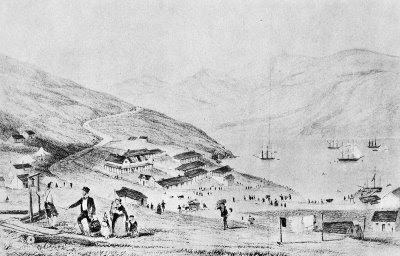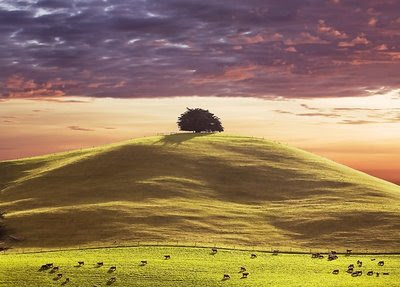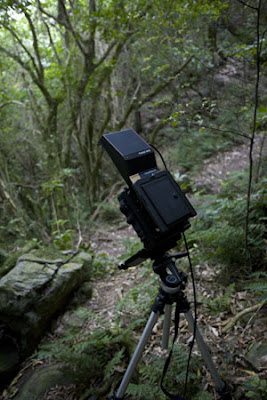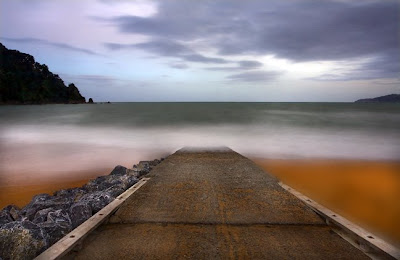
Port Lyttelton. Passengers by the "Cressy" landing. by Wm. Fox Esqr. VOYAGES OF THE FIRST FOUR SHIPS. We have been favoured with the following accounts of the first ships, by passengers on board: THE "CRESSY" On the morning of Sep. 4th, 1850 the barque, "Cressy," 720 tons, J.D. Bell, master, left Gravesend, and was towed down the river. She sailed down the Channel, was nearly becalmed off the Isle of Wight, and did not drop anchor in Plymouth Sound before 3 in the morning of Sept. 7. At midnight she left Plymouth, and had an excellent run out of Channel. On the 10th she was almost clear of the Bay of Biscay, the nearest land begin Corunna- the antipodes of Lyttelton- but far from her. Five days of very light winds succeeded, and on the18th we made Maderia, and passed to the westward of it; on the 20th made Palma and Teneriffe; on the morning of the 26th made S. Antonio, passed to W. of all the islands, and ran as far as 26.26 W. We had no N.E. trades; and ...










